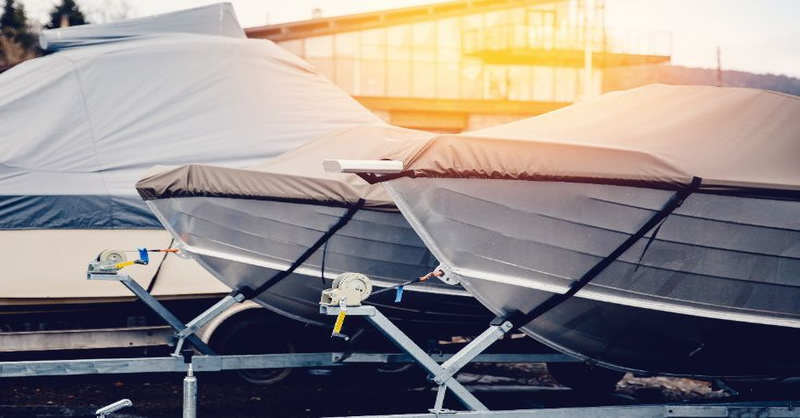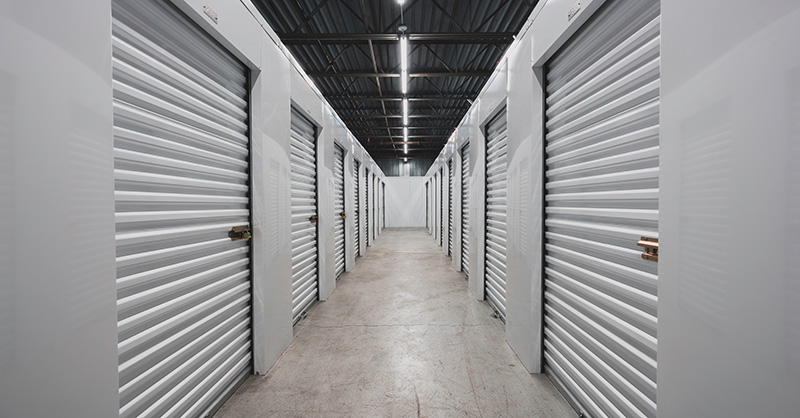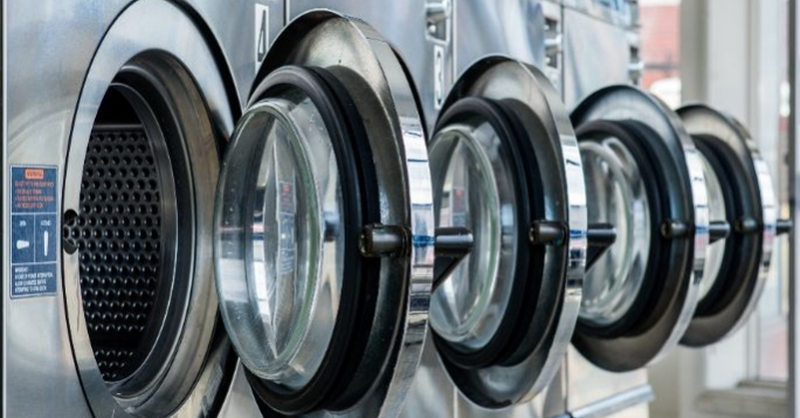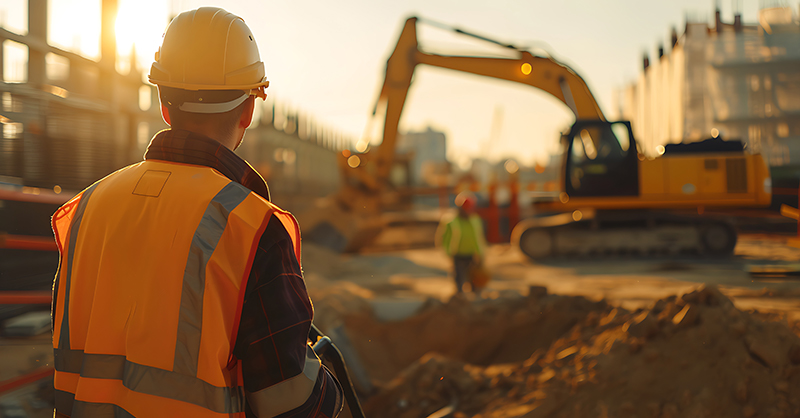Understanding Permit-Required Confined Spaces on Construction Sites
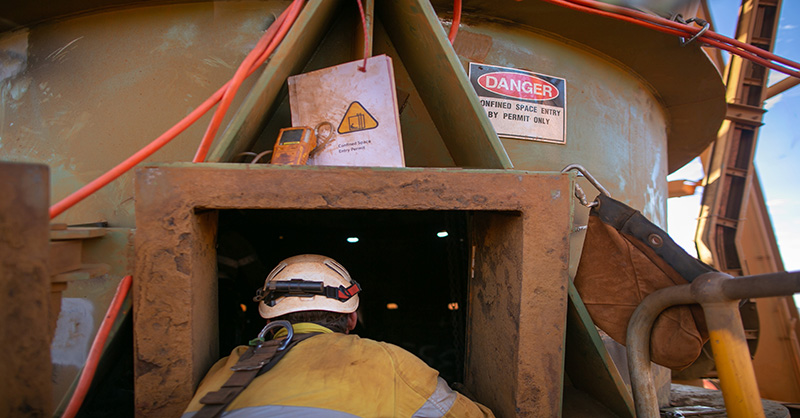
Permit-required confined spaces on construction sites pose significant risks, but with proper identification, training, and safety measures, these risks can be effectively managed. Adhering to OSHA regulations and implementing best practices can help protect workers and ensure a safer working environment.
Key Characteristics of Confined Spaces
These spaces are defined by the Occupational Safety and Health Administration (OSHA) as areas that have limited means of entry or exit, are large enough for a worker to enter and are not designed for continuous occupancy. Examples include sewers, pits, crawl spaces, and attics. A permit-required confined space should contain one or more of the following hazards:
- Hazardous Atmosphere: Spaces with toxic gases, insufficient oxygen, or explosive atmospheres.
- Engulfment Hazard: Materials that could engulf and suffocate a worker, such as grain or sand.
- Internal Configuration: Spaces that could trap or asphyxiate a worker due to its shape or structure.
- Other Serious Hazards: Any other recognized serious safety or health hazard.
OSHA Regulations and Requirements for Construction
OSHA’s standard for confined spaces in construction (29 CFR 1926 Subpart AA) mandates several requirements to help ensure worker safety:
- Identification and Evaluation: Controlling contractors, and in turn entry employers, must identify all confined spaces on construction projects and evaluate their hazards.
- Permit System: A written permit system must be implemented for entry into permit-required confined spaces. This includes specifying the work to be done, the hazards involved, and the measures taken to help ensure safety. Only trained and assigned workers can enter the confined space.
- Training: Workers must be trained to recognize confined space hazards and understand the procedures for safe entry and exit. A competent person must identify all confined spaces in which their employees intend to enter.
- Rescue and Emergency Services: Employers must have a plan for rescue operations, including the availability of trained rescue personnel and equipment. It is best to review these plans with local first responders near the project.
Safety Measures and Best Practices for Confined Spaces
To help enhance safety in permit-required confined spaces, consider the following best practices:
- Continuous Monitoring: Use continuous atmospheric monitoring to detect hazardous conditions. These portable gas monitors can sound an alarm and are typically carried by the person entering the confined space.
- Ventilation: Ensure proper ventilation to help maintain a safe atmosphere.
- Communication: Maintain constant communication between workers inside the confined space and those outside.
- Personal Protective Equipment (PPE): Provide appropriate PPE, such as respirators and harnesses.
- Emergency Preparedness: Have a well-defined emergency response plan and conduct regular drills.
